Share via:
Early maps of Thurston County mark small towns like Belmore and McIntosh. These small towns where most likely some of the first in the area, often cropping up near whatever jobs were available at that time. Many times, these early settlements disappeared when the work vanished.
 There are ten towns on the Thurston county map that may not sound familiar to you, especially if your family moved here recently. But are they truly gone? Where were they? And what is left of them now? We’ve done a bit of digging and found ten local towns, gone but not forgotten.
There are ten towns on the Thurston county map that may not sound familiar to you, especially if your family moved here recently. But are they truly gone? Where were they? And what is left of them now? We’ve done a bit of digging and found ten local towns, gone but not forgotten.
1. Belmore
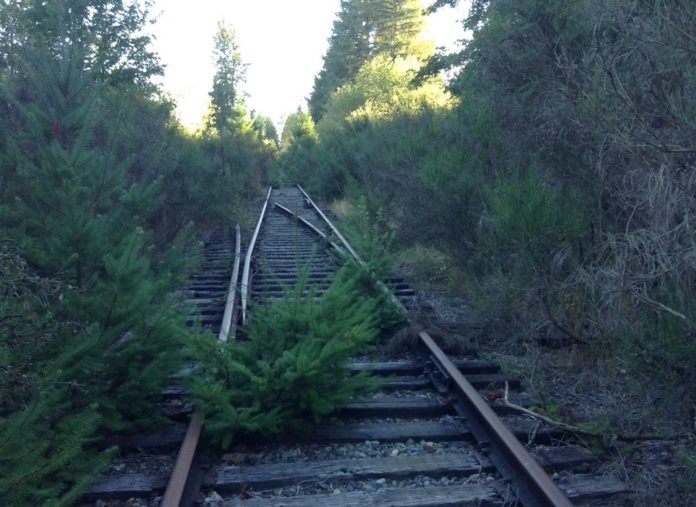
Belmore sat just southwest of Tumwater near Black Lake. It was a stop along the Olympia to Gate railroad line. In 1895, a post office opened but only operated for two years. Today the Cavalier neighborhood of Tumwater off of 66th Ave SW occupies what used to be Belmore. The train tracks still run along the edge of the neighborhood, but trees and brush are reclaiming the rail bed. Thurston County owns the rail line from this spot to Gate. Plans are to eventually turn it into a 12.5 mile bike trail.
2. Delphi
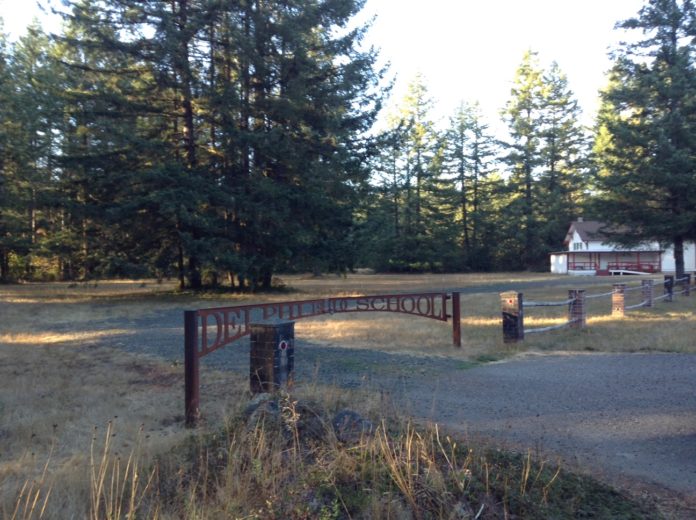
Delphi was in the valley east of Black Lake. Though Mud Bay Logging Company operated there from 1900-1923, farmers arrived earlier and built a school. A post office was open from 1892-1923. The Delphi School is all that is left of this community. A neighborhood association takes good care of the building and rents it out for events.
3. Bordeaux
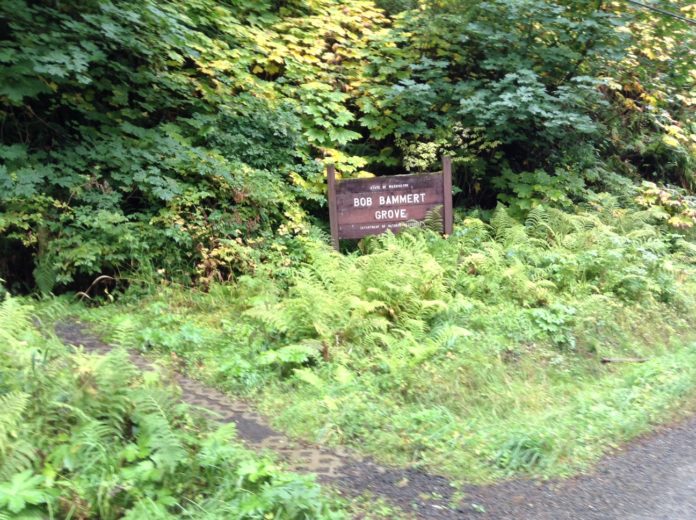
Bordeaux was a lumber company town in the Black Hills, named after Thomas and Joseph Bordeaux, who arrived in the area in 1887. They started the Mumby Saw Mill and Mason County Logging Company. The mill operated until 1941. The town was then abandoned. Today, the town site is on private property and closed to the public, but nearby is the Bob Bammert Grove trail, a short walking loop through the forest. A Discover Pass is required for parking at the trailhead.
4. Mima
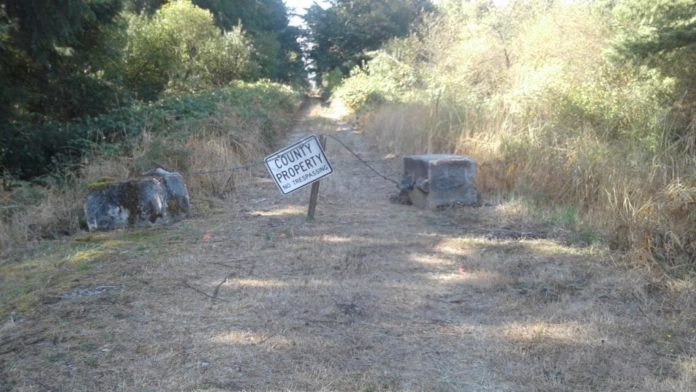
Mima was another stop along the Olympia to Gate railway. “Mima” is said to be derived from a native word meaning “the land beyond,” or it could have come from the Chinook jargon “miama,” meaning “down river.” The area was settled in the 1850s by pioneer farmers and ranchers. Robert Dodge had a large ranch there and sold meat, produce and milk to Bordeaux. His land was later divided amongst his children. Post offices were run out of several different farmhouses in the 1860s and again in the 1890s. After that, mail was sent to Gate. Today, there is a mix of farmland, wildlife preserve and houses where the train station used to be. Mima Pioneer Cemetery is located just north of what used to be the rail stop.
5. Gate
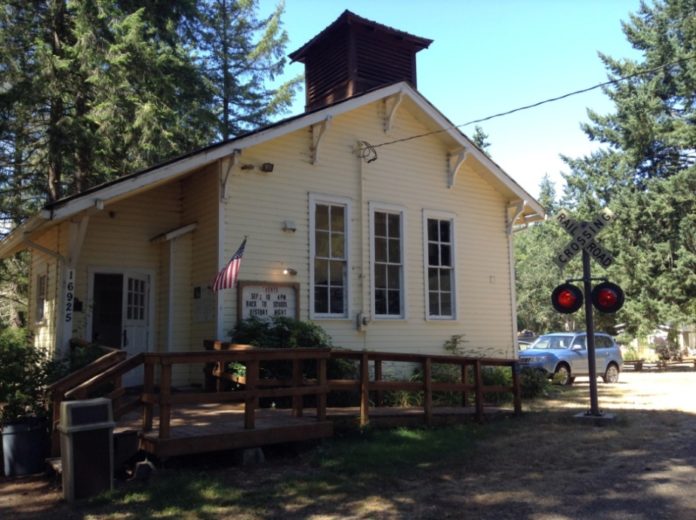
Gate billed itself as the “Gateway to the Coast” where railroad lines converged, heading west to the coast, north to Olympia and south to Centralia. Mills and logging camps provided jobs and lumber to ship. A post office operated there until 1970. Today the Gate Schoolhouse remains from those early days.
6. McIntosh
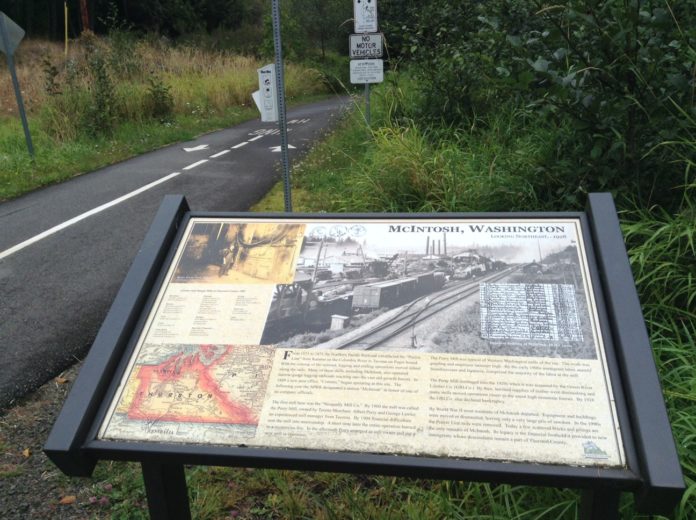
McIntosh was another mill town along the southern edge of McIntosh Lake between Tenino and Rainier. The NP Railroad named the place after a company executive. Before that the settlement was called Coinmo. A large number of Japanese lived and worked there. A post office operated out of the mill office until 1928. Today the area is a popular fishing spot, and the railroad has been turned into the Tenino-Yelm bike trail.
7. Gillmore & Whitaker

Gillmore & Whitaker were both dots on the map just north of Tenino. According to this Right of Way Map, Henry H. Gilmore and his wife granted the railroad right-of-way through their land in 1891. A railroad stop was likely given their name. Whitaker appears to be another rural railroad stop likely named after Lemuel and Elmira Whitaker. They were early pioneers who owned a large parcel of land in the area north of Tenino known as Rocky Prairie. The exact location of either station is not clear, but Gillmore was probably up McDuff Rd and Whitaker north of that. Today the nearby Rocky Prairie Wildlife Area is available to view the land much like it was over a hundred years ago when the Whitakers arrived. A Discover Pass is required at the parking area.
8. Plumb
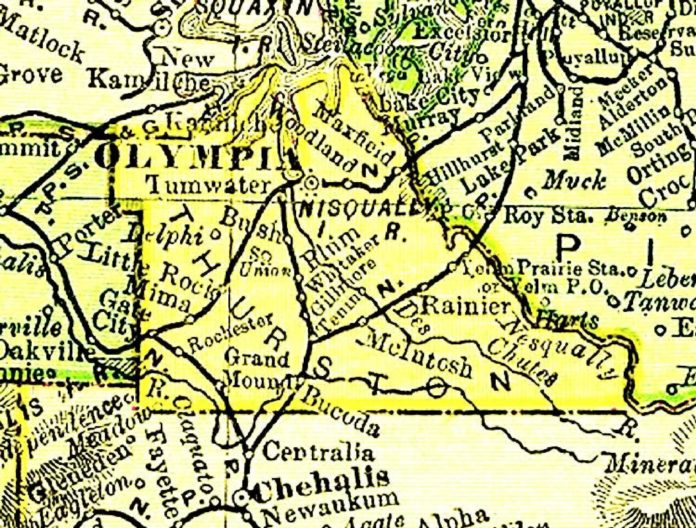
Plumb was located around the intersection of Waldrick Road and Old Highway 99. It was a railroad station named after Elihu Plumb, whose land the railroad passed through. He ran a post office there. Later, a few businesses cropped up along what is now Old Highway 99. In a book called A Little Out of Plumb, Robert Chamberlain recounts growing up in Plumb during the 1930s. Back then the town had a small school, an auction house/store and a cafe among houses and farms. Today, the railroad still passes behind a few houses and farms that remain.
9. Bush
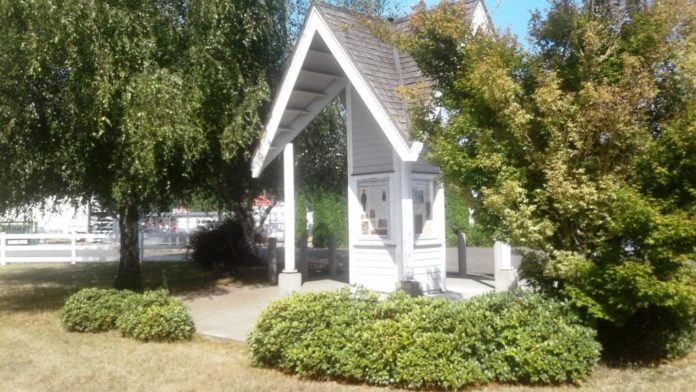
Bush was a stop along the Olympia-Tenino railroad route just south of Tumwater, servicing Bush Prairie. Namesakes, George and Isabella Bush, began building their large, productive farm in that rich valley in 1845. There are numerous accounts of the Bush family’s generosity and kindness to newcomers and anyone sick or fallen on hard times. A small park and historical marker can be found near the intersection of 93rd and Old Hwy 99, commemorating the Bush family, and Bush Prairie Farm carries on the tradition of growing food for the community.
Many of these communities faded away with the lumber industry and the railroad service along with it. There are many people who live near one of these places; for them, town is just a short drive away.
References and additional reading:
- Thurston County Place Names: A Heritage Guide by Gayle Palmer and Shanna Stevenson
- Postmarked Washington by Guy Reed Ramsey
- The River Remembers 1845-1995 by Gayle L. Palmer
Glimpses of Gate by Judith Upton
Share via:

















































